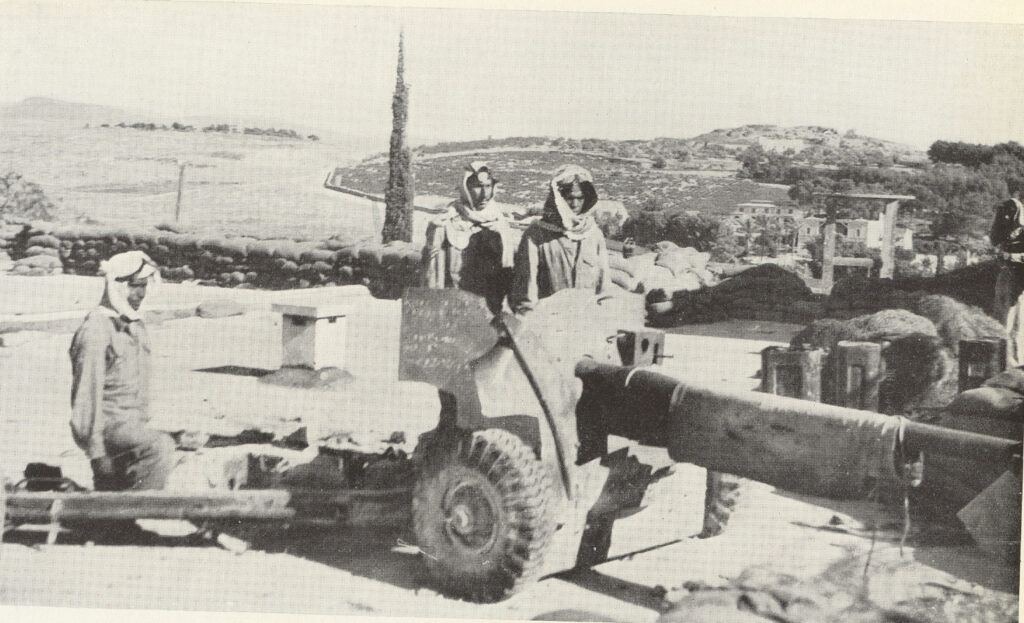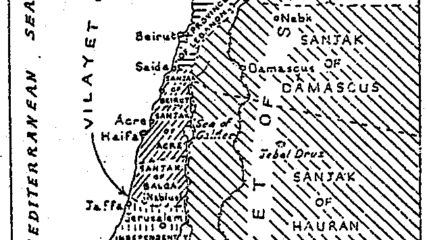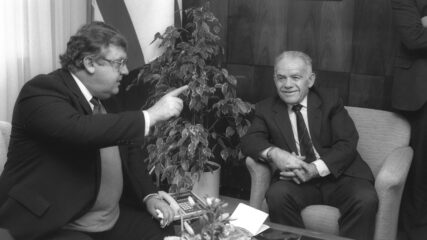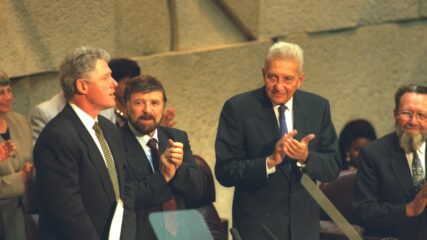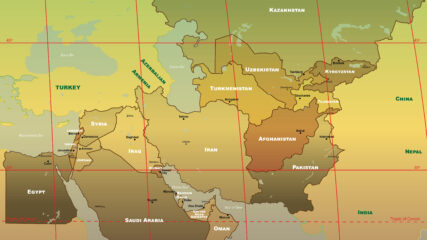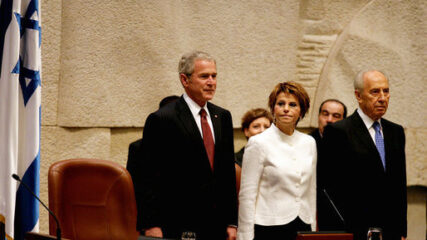May 24, 1948
Located 10 miles outside Jerusalem on a hilltop overlooking the Ayalon Valley, the fortress of Latrun was built by the British in 1940 after the Arab rebellion of 1936-1939. On May 14, 1948, as the British were evacuating their forces from Palestine, Jordan’s Arab Legion took control of the fort. By controlling the fort at Latrun and the entrance to Jerusalem from the west, the Arab Legion was able to strengthen its siege on Jerusalem, which started in February and was isolating the 100,000 Jews in Jerusalem.
David Ben-Gurion believed that liberating Jerusalem was essential for the nascent state and that capturing Latrun was the key to liberating Jerusalem. Going against the advice of some of his top military advisers, including Yigal Allon, Ben-Gurion ordered the assault.
The advance takes place in the early morning hours, and the Jordanian forces are helped by a full moon, which enables them to see the oncoming soldiers. Israeli forces have little experience fighting a regular army. Using outdated tactics without air support, the Israeli attack fails. Approximately 75 Israeli soldiers are killed. Two future prime ministers, Ariel Sharon and Yitzhak Rabin, are involved in the battle, and Sharon is wounded.
Many of those killed in the attack are Holocaust survivors who arrived only days earlier from displaced-persons camps in Europe. They had no training, and virtually none of them spoke Hebrew.
Three subsequent attacks on Latrun also fail to take the fortress. In June 1948, under the command of American Col. David “Mickey” Marcus, Israeli forces build the Burma Road as a bypass to Jerusalem.
Israel does not capture Latrun until the Six-Day War in June 1967. Today the site is a tank museum and a memorial to fallen soldiers from Israel’s Armored Corps.

